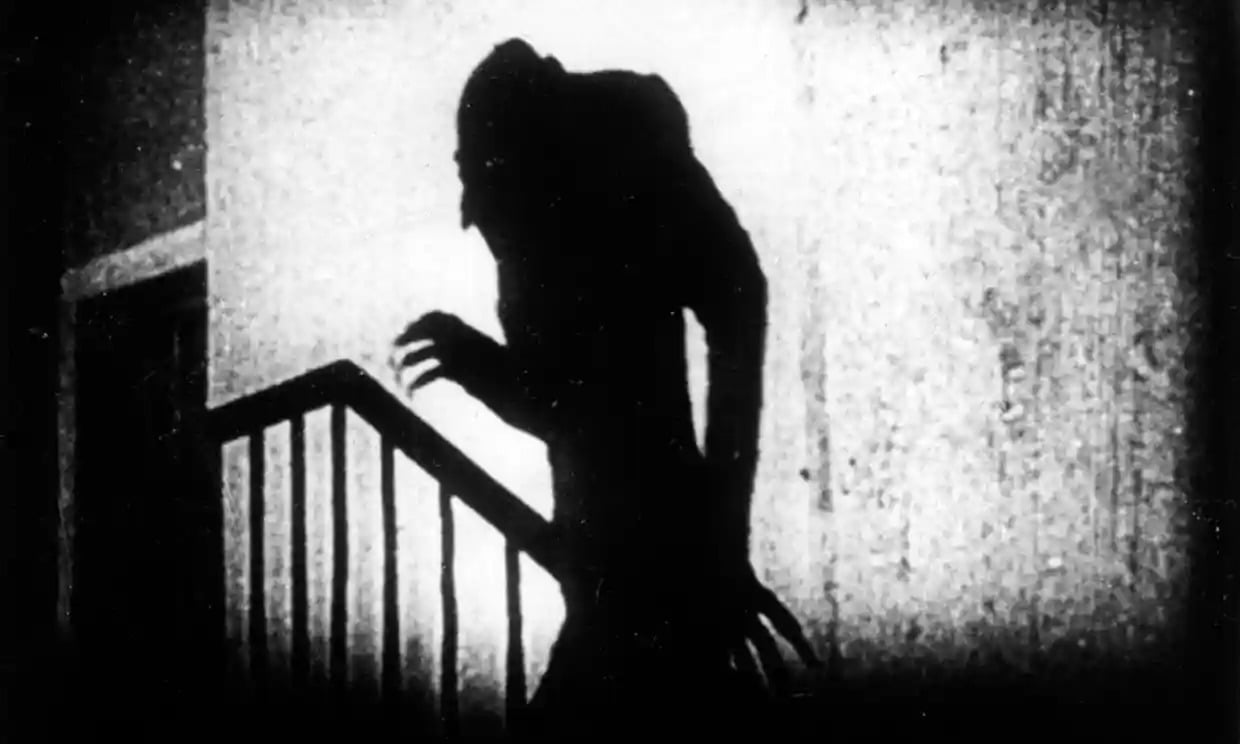
Most people are aware that carbon monoxide is a poisonous gas, many people indeed have carbon monoxide alarms in their homes, and it is commonplace for industries in which carbon monoxide is present to have personal and fixed gas detection equipment to protect the people working there.
Carbon monoxide is odourless and colourless and this is why it is so dangerous, because it is impossible to know it is present without some kind of detection device. To make matters worse the symptoms of carbon monoxide poisoning are headache, nausea, rapid breathing, weakness, exhaustion, dizziness, and confusion, which are the same symptoms as “man-flu” so often people who are suffering from carbon monoxide poisoning do not realise, they just feel “a bit under the weather”.
In this carbon monoxide awareness week (21st-25th November) there are many posts and blogs which highlight the symptoms and sources of carbon monoxide poisoning, fewer explain exactly what is happening inside the body when someone is poisoned by carbon monoxide.
When someone breathes in oxygen is taken into the lungs. Once there the oxygen combines with haemoglobin, in the red blood cells, to form oxyhaemoglobin. The red blood cells then move around the body carrying the oxygen to the tissues and vtial organs. Once there the oxygen is “delivered” with the oxygen being replaced by carbon dioxide, forming Carbaminohaemoglobin. The Carbaminohaemoglobin then returns to the lungs, releasing the carbon dioxide, which is then breathed out.
Exposure to carbon monoxide impedes the blood’s ability to carry oxygen. When carbon monoxide is inhaled, it combines with haemoglobin producing carboxyhaemoglobin. Haemoglobin’s binding affinity for carbon monoxide is 300 times greater than its affinity for oxygen. As a result, small amounts of carbon monoxide can dramatically reduce haemoglobin’s ability to transport oxygen.
The carbon monoxide displaces oxygen from oxyhaemaglobin ultimately causing tissue asphyxia. In addition, the dissolved CO is delivered to tissues where it acts as a cellular poison by binding to cytochrome a3 and blocking the electron transfer of aerobic respiration. Put simply, the carbon monoxide suffocates a person at a cellular level!
Many of the thousand deaths per year in the UK from carbon monoxide are deliberate self poisonings, but for the accidental deaths they often occur because of faulty heating appliances, and often the victim is asleep before they die leading to carbon monoxide being dubbed “the silent killer”, creeping into your home at night like Nosferatu. Unlike Nosferatu carbon monoxide is rarely accompanied by an old lady on the piano playing scary music, so a working carbon monoxide detector and alarm is the next best thing.
